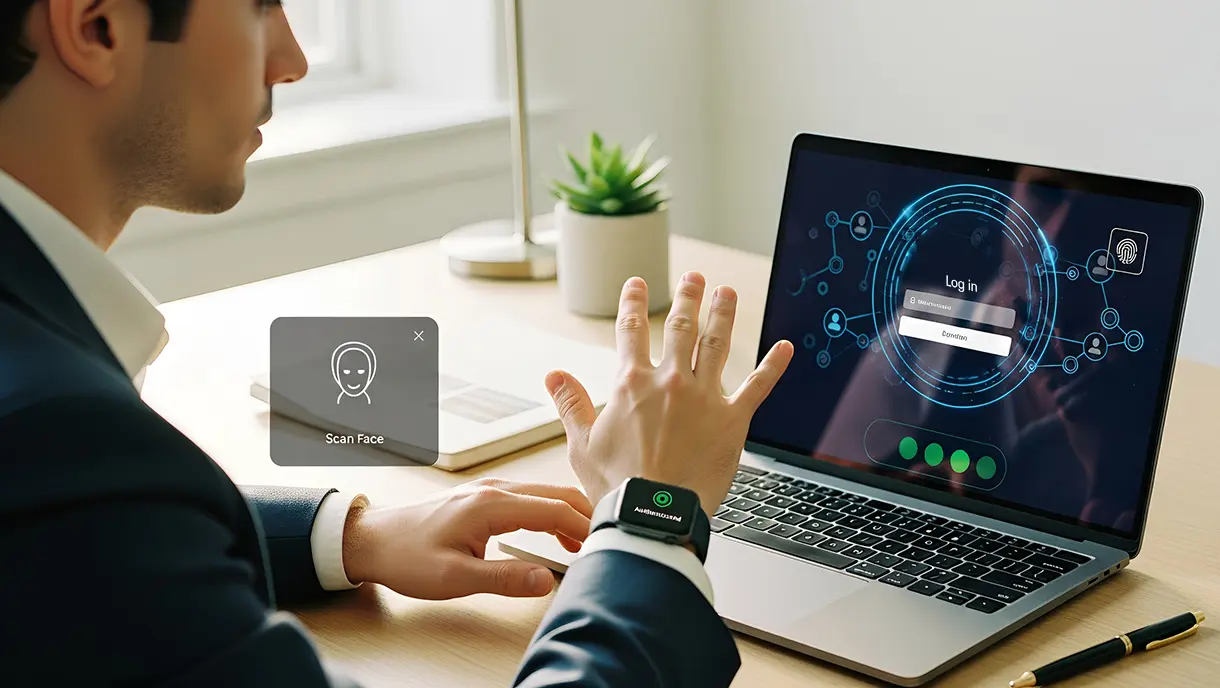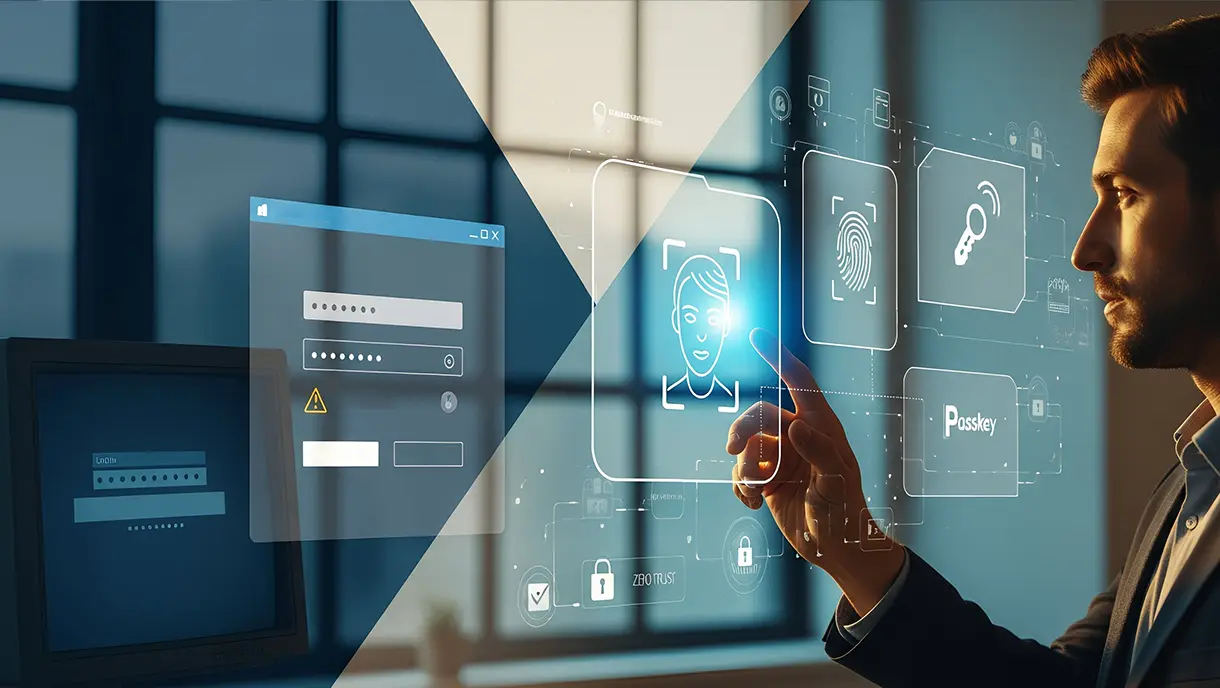How to Manage Multi-Site Access Control From a Centralized Platform
Managing multi-site access control can be simplified through centralized management, clear policies, and the right technology. Best practices include using multi-factor authentication, visitor management systems, and regular security audits. These steps improve efficiency, enhance security, and ensure compliance across all locations.

Managing access across multiple locations has become increasingly complex as organizations expand and adopt distributed operations. Differences in systems and policies across sites create security gaps and administrative challenges. Without a centralized approach, access control becomes difficult to scale and maintain.
Multi-site access control requires consistent identity and permission management across all locations. A centralized platform allows teams to manage access from a single interface while maintaining visibility across sites. This approach simplifies operations and reduces misconfigurations.
Decentralized access control limits visibility and slows response to security risks. Centralized platforms enable real-time monitoring and faster access to changes across locations. These capabilities help prevent unauthorized access and improve accountability.
As organizations continue to grow, centralized access control has become essential. It supports scalability, strengthens security, and improves operational efficiency. Centralized platforms provide the foundation for effectively managing multi-site access.
What is Multi-Site Access Control?
Multi-site access control is the practice of managing and enforcing access permissions across multiple physical locations, facilities, or sites within an organization. It ensures that users have appropriate access to systems, applications, or spaces based on their role and location, while maintaining consistent security policies across all sites.
What is Centralized Management?
Centralized management refers to controlling and administering access policies, user identities, and permissions from a single, unified platform. It provides centralized visibility and oversight, allowing organizations to apply consistent security controls, monitor access activity, and manage changes efficiently across distributed environments.
Challenges of Managing Access Across Multiple Sites
Managing access across multiple sites introduces operational and security complexities that increase as organizations grow. Differences in infrastructure, policies, and user roles across locations make it difficult to maintain consistent access controls. Without centralized oversight, organizations face higher risks of misconfiguration, unauthorized access, and compliance gaps.
Inconsistent Access Policies Across Locations
Different sites often follow separate access rules and processes, resulting in inconsistent security enforcement. This inconsistency increases the likelihood of access errors and unauthorized entry across locations.
Manual User Provisioning and Deprovisioning
Adding or removing user access at each site requires manual effort, increasing administrative workload. Delays in deprovisioning former employees or contractors can leave security gaps.
Limited Visibility Into Access Activity
Decentralized systems make it difficult to monitor access events across sites. Limited visibility slows incident detection and reduces the ability to respond to suspicious activity.
Difficulty Scaling Access Control
As organizations add new locations, managing access individually becomes inefficient. Scaling access control without centralization often leads to increased costs and complexity.
Compliance and Audit Challenges
Maintaining audit trails and meeting regulatory requirements is harder when data is spread across multiple systems. This fragmentation complicates reporting and accountability across sites.
Best Practices to Adopt for Multi-Site Access Control
Managing access across multiple locations requires more than centralized tools. Organizations must follow structured best practices to ensure access remains secure, scalable, and aligned with operational needs as environments and users change.
Standardize Access Policies Across All Locations
Define access policies centrally and apply them consistently across every site. Standardization reduces configuration errors and ensures uniform security enforcement across locations.
Use Role-Based Access Models
Assign access based on job roles rather than individuals or locations. Role-based access simplifies management, improves accuracy, and ensures users receive only the permissions required for their responsibilities.
Centralize User Lifecycle Management
Automate onboarding, role changes, and offboarding through a centralized system. This approach ensures access is granted and revoked promptly across all sites, reducing security gaps.
Enable Strong and Flexible Authentication
Use authentication methods appropriate for different sites and use cases. Supporting passwordless and multi-factor authentication strengthens security while maintaining usability in shared or remote environments.
Monitor Access Activity Continuously
Continuously track access activity across locations to identify anomalies and unauthorized behavior. Centralized monitoring improves incident response and strengthens overall access governance.
Conduct Regular Access Reviews and Audits
Periodically review user access and audit logs to ensure permissions remain accurate. Regular reviews help maintain compliance and adapt access controls to organizational changes.
By adopting cloud-based and centralized access control practices, businesses can strengthen security while supporting flexibility across distributed sites. Platforms like OLOID enable organizations to manage physical and digital access efficiently, ensuring secure, scalable access control across multi-site environments.
How Centralized Platforms Simplify Multi-Site Access Control
Centralized access control platforms simplify access management across multiple locations by consolidating identities, permissions, and policies under a single system. Organizations gain better visibility, stronger security controls, and more efficient access management across all sites.
1. Centralized User and Identity Management
A centralized platform enables IT teams to manage user identities, roles, and permissions from one interface across all locations. Access rights remain consistent as users move between sites, supporting accurate onboarding, role changes, and timely offboarding.
2. Consistent Policy Enforcement Across Locations
Centralized access control enables organizations to define access policies once and enforce them across all sites. Standardized policy enforcement reduces configuration errors, strengthens security posture, and ensures alignment with organizational access standards.
3. Real-Time Visibility and Access Monitoring
Security teams gain real-time visibility into access activity across all locations through centralized dashboards and reporting. Continuous monitoring helps identify unusual behavior, improves incident response, and supports proactive security management.
4. Simplified Access Updates and Revocation
Access updates can be applied instantly across all sites from a single platform when roles change or users leave. Rapid access revocation reduces the risk of unauthorized access and improves overall access governance.
5. Scalable Access Control for Growing Organizations
Centralized platforms are designed to scale as organizations expand to new locations. Adding sites, users, or systems does not require separate infrastructure, allowing access control to grow without increasing operational overhead.
6. Improved Auditability and Compliance Readiness
Centralized access control consolidates access logs and activity records across all sites. Unified audit trails simplify compliance reporting, improve accountability, and help organizations meet regulatory and internal governance requirements.
7. Reduced Administrative Overhead for IT Teams
Managing access from a single platform reduces repetitive administrative tasks across locations. IT teams spend less time on manual access updates and more time focusing on security strategy and operational improvements.
Role of Cloud-Based Access Control in Multi-Site Management
Cloud-based access control plays a critical role in managing access across multiple sites by enabling centralized administration without location-dependent infrastructure. It allows organizations to manage identities, permissions, and policies remotely while maintaining consistent security standards across all locations.
By reducing reliance on on-premises systems, cloud-based platforms improve scalability, visibility, and operational efficiency in multi-site environments.
- Enables centralized identity and access management across all locations from a single platform.
- Supports remote administration without on-site infrastructure dependencies.
- Scales easily as new sites, users, and devices are added.
- Improves visibility into access activity across distributed locations.
- Reduces operational complexity and maintenance overhead.
How OLOID Supports Multi-Site Access Control Systems
OLOID is a passwordless authentication platform that supports multi-site access control through a centralized, cloud-based system, enabling organizations to manage physical and digital access across multiple locations from a single system. Its integration-first approach helps businesses extend existing infrastructure while maintaining consistent security policies and visibility across all sites.
- Centralized management: Manage user access, monitor activity, and enforce security policies across all locations from one cloud-based platform.
- Scalable architecture: Supports organizations of all sizes, from a few locations to large enterprises, without requiring additional on-site infrastructure.
- Seamless PACS integration: Integrates with existing physical access control systems and directory services such as Microsoft Entra ID and Okta, including retrofit support for legacy infrastructure.
- Consistent policy enforcement: Applies role-based access controls and authentication requirements uniformly across all sites.
- Flexible authentication methods: Supports facial recognition, NFC badges, QR codes, PINs, and other methods to meet site-specific and operational needs.
FAQs On Multi-Site Access Control
1. Can multi-site access control work with existing access systems?
Yes, many modern multi-site access control platforms integrate seamlessly with existing physical access control systems and enterprise identity providers. This integration allows organizations to extend and modernize their current infrastructure without replacing hardware or disrupting operations at each site.
2. How does multi-site access control improve security?
Multi-site access control improves security by enforcing consistent access policies across all locations and supporting strong authentication methods. Centralized monitoring enhances visibility into access activity, helping organizations detect unauthorized access and respond to security incidents more quickly.
3. Is multi-site access control scalable as organizations grow?
Multi-site access control systems are designed to scale as organizations expand. New locations, users, and devices can be added easily through a centralized platform without significantly increasing administrative effort or infrastructure complexity.
4. How does multi-site access control help with compliance?
Centralized access management delivers unified audit logs and clear user accountability across all locations. These capabilities simplify compliance reporting, support regulatory audits, and help organizations maintain consistent governance standards.
Get the latest updates! Subscribe now!







